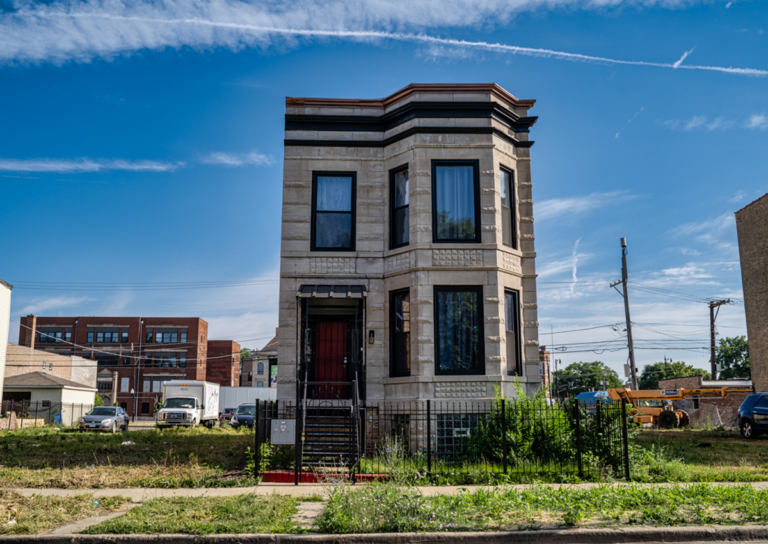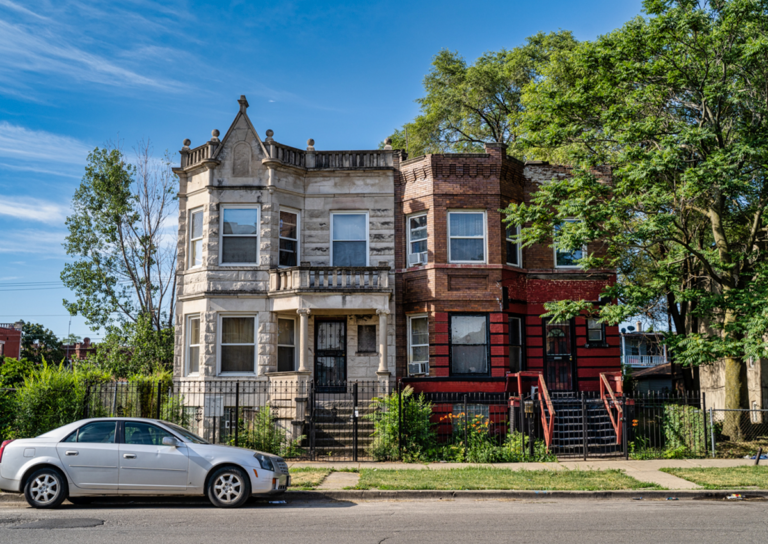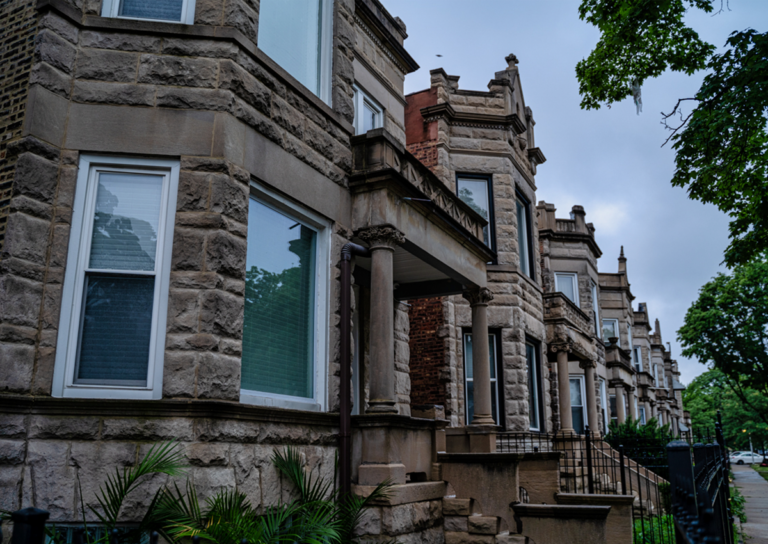Chicago’s Small Landlord Are An Essential City Asset
Their loss would displace the city’s vulnerable renters and wipe out wealth-generating assets for Black and Latino property owners.
A home is more than bricks and mortar. It anchors the larger community where children play, neighbors support each other, and local businesses prosper. Chicago was once known for its South and West Side neighborhoods with beautiful homes, robust commercial corridors, and strong middle class. These communities can prosper again, as thriving, mixed-income neighborhoods of choice. Revitalizing struggling areas and expanding homeownership for residents of color are intrinsically linked, and new approaches are necessary to reverse generations of neglect and discriminatory policies.
Through the Federal Housing Administration and other public initiatives, homeownership—and the attendant wealth it can build—dramatically expanded in the United States, allowing families to send their children to college, open businesses, fund investments and retirements, and to build prosperous neighborhoods. But African Americans and other communities of color were intentionally prevented from taking advantage of these opportunities. This and other forms of disinvestment stifled community development, causing these areas to lag behind in employment, economic opportunity, public safety and infrastructure.
Over a 35-year period, a home in a predominately white neighborhood appreciates in value by $225,000, while the same home in a predominately Black neighborhood only appreciates by $31,000.
Up to 70% of the average American family’s net worth is tied to homeownership. But in Illinois, only 39% of Black families and 53% of Latino families own their homes, compared to 75% of white families. The statistics are about the same nationally. As a result, the typical Black household in this country has a net worth of just $17,000 compared to $171,000 for white families.
Many majority-Black neighborhoods have also lost population. The loss of affordable multifamily rental buildings (two- to-four flats) is a significant contributor to this population decline and is at the core of the city’s affordable housing crisis.
Neighborhood Housing Services of Chicago (NHS), Communities United, Enterprise Community Partners and others have collaborated on the Chicago Flats Initiative, which focuses on preserving owner-occupied, two-to-four-unit buildings in Chicago and providing resources and counseling for both building owners and tenants.
These small “mom-and-pop” landlords in areas like Englewood, Chatham, South Shore and North Lawndale provide affordable and largely unsubsidized sources of housing for many low-to-moderate-income families. More than 60% of all Latino renters and 32% of all Black renters live in two-to-four-unit properties. Their reduction could result in significant displacement of Chicago’s vulnerable renters and the loss of wealth-generating assets for Black and Latino property owners.
Preservation of these properties supports existing owner-occupants, facilitates wealth-creation opportunities for new owner-occupants, and stabilizes the housing and lives of both renters and owners by preventing evictions and foreclosures. This is how we expand the availability of affordable homes and promote community revitalization. This investment also helps to catalyze economic development by creating jobs, returning vacant properties to the tax rolls, and providing support for local entrepreneurs and homeowners.
Community development financial institutions like NHS are mission-driven lenders focused specifically on providing credit access to borrowers of color and other under-represented communities. At NHS, for example, over 90% of our borrowers are borrowers of color. With robust government and philanthropic support, we can continue to help borrowers of color realize the dream of homeownership.
Our government and foundation leaders must focus on providing the resources necessary to support nonprofit and mission-driven neighborhood revitalization efforts. If they are truly focused on closing the racial wealth gap, this must be a central focus of any policies and targeted investments. It is the right thing to do for families and communities that have struggled for so long in the aftermath of widespread disinvestment, and in the long run, it will benefit the entire city.
(Anthony E. Simpkins is president and chief executive officer at Neighborhood Housing Services of Chicago.)
This article was originally featured in Crain’s Chicago Business.





